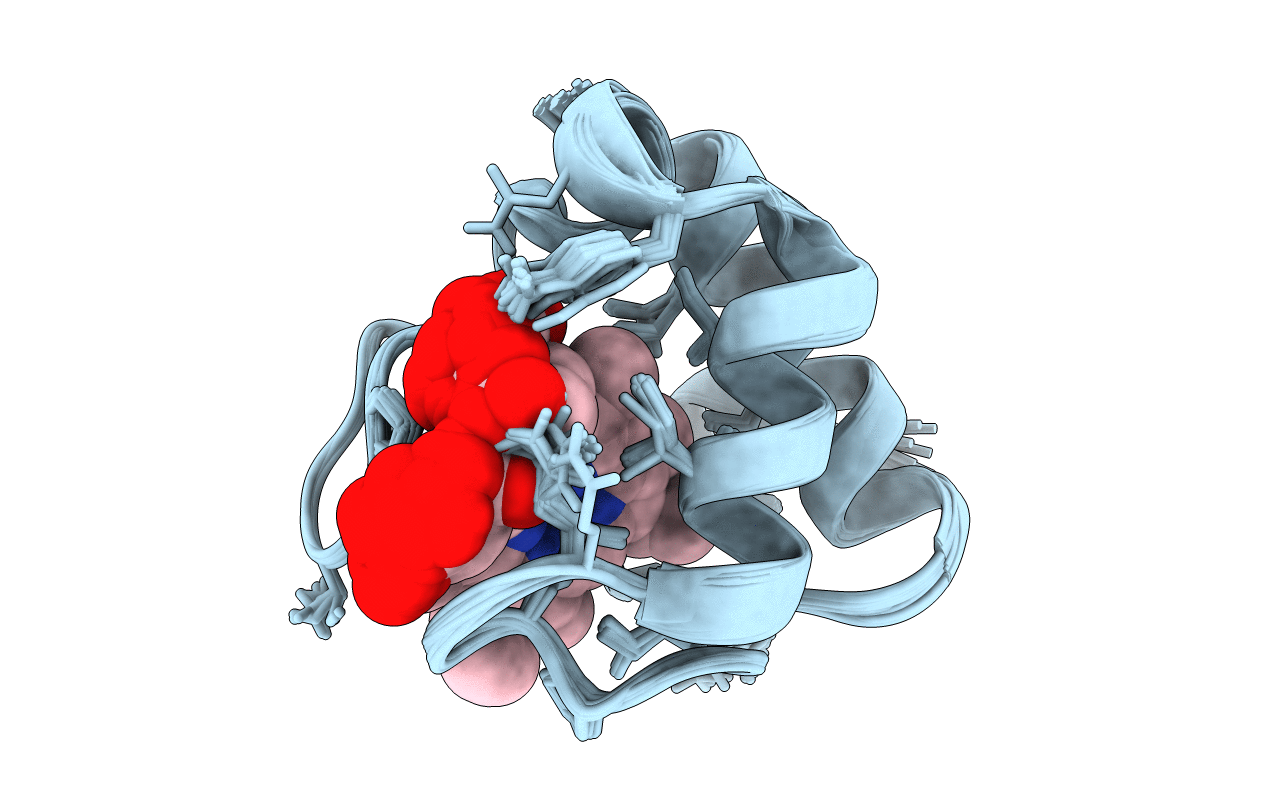
Deposition Date
2001-10-03
Release Date
2001-10-31
Last Version Date
2024-10-30
Entry Detail
PDB ID:
1K3G
Keywords:
Title:
NMR Solution Structure of Oxidized Cytochrome c-553 from Bacillus pasteurii
Biological Source:
Source Organism:
Sporosarcina pasteurii (Taxon ID: 1474)
Host Organism:
Method Details:
Experimental Method:
Conformers Calculated:
400
Conformers Submitted:
30
Selection Criteria:
target function


